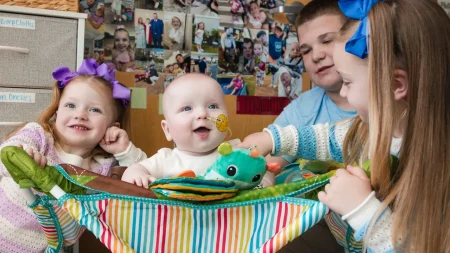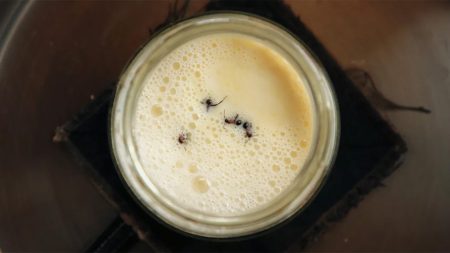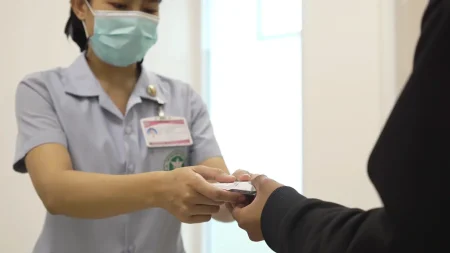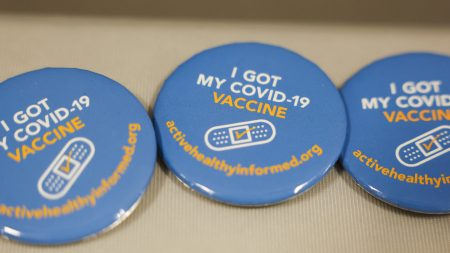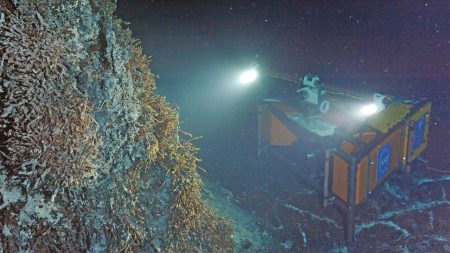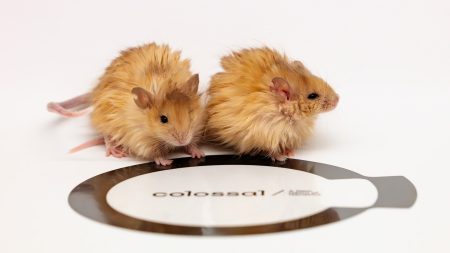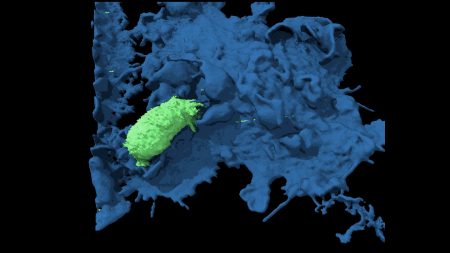Erika Moore’s Mission to Understand Uterine Fibroids and Transform Women’s Health
For Erika Moore, a biomedical engineer at the University of Maryland in College Park, the term “benign” is misleading when it comes to uterine fibroids. Despite being classified as noncancerous, these tumors can cause debilitating symptoms including anemia, severe pain, reproductive complications, and heavy menstrual bleeding. Moore’s personal experience with fibroids inspired her professional mission: to uncover the molecular foundations of conditions that disproportionately affect women of color. “That’s what drew me in to wanting to understand these diseases and try to make not only my life better, but the lives of my loved ones better too,” she explains. The statistics are staggering – an estimated 70 percent of white women and 80 percent of Black women in the United States will develop uterine fibroids by age 50, yet research and treatment options remain limited.
Moore’s innovative approach to studying fibroids involves using hydrogels – Jell-O-like materials that more accurately mimic the three-dimensional properties of the uterine environment than traditional two-dimensional laboratory materials. This technique allows her team to recreate conditions in which fibroids form and potentially screen different drug treatments. “By growing cells in our hydrogel and encapsulating them in our own Jell-O that we make in the lab, we can understand how those cells migrate, how they interact with other cells that might be neighboring them, and even how their growth mechanisms change if we change their environment,” Moore explains. The research is challenging because fibroids develop from “a mishmash of all of these different ingredients,” making it difficult to isolate a single cause.
The current clinical approach to fibroids highlights the urgent need for Moore’s research. When diagnosed with fibroids, women are typically told to simply monitor them unless the condition severely impacts their quality of life or causes fertility issues. “There are only surgical interventions for something that affects almost 80% of women by the time we reach 50 years old. Yeah, it is crazy,” Moore observes. By recreating fibroid formation in the laboratory, she hopes to answer fundamental questions: “Why did my fibroids form? Why did they form for other people? And what is common amongst those?” These insights could lead to targeted treatments that might prevent fibroids from forming in the first place.
Moore’s research acknowledges important demographic variations in disease burden. “If you think about the diseases that only affect certain populations – maybe they’re disproportionately burdened in women or in men… even within uterine fibroids, there’s a disproportionate burden based on race and ethnicity,” she notes. This awareness shapes her approach to cell sampling and disease modeling. By ensuring her laboratory models accurately represent the populations most affected by fibroids, Moore maintains clinical relevance in her fundamental research. This methodical approach – “bringing a clinical problem all the way down to the benchtop” – distinguishes her work and increases the likelihood that her findings will translate into meaningful treatments.
Beyond fibroids, Moore’s laboratory also investigates other conditions with disproportionate impacts on women, including lupus and the effects of hormones on innate immune function. Her commitment to addressing women’s health disparities stems from personal experience: “Historically, there has not been a lot of research or biomedical emphasis placed on women’s health. And for me, because of my lived experience with fibroids, with anemia, with all of these maladies, I really wanted to understand how I could design biotechnology tools to help other people.” Moore sees her extensive education in biomedical engineering as providing her with “great powers” that come with “great responsibility” – a philosophy she attributes to Spider-Man’s Uncle Ben.
Moore’s pioneering work represents a crucial step forward in women’s health research, particularly for conditions affecting women of color. By combining personal experience with scientific innovation, she’s addressing a significant gap in medical knowledge and treatment options. Her hydrogel technique offers a promising pathway to understanding the complex mechanisms behind fibroid formation and potentially developing non-surgical interventions. As Moore continues her research, millions of women stand to benefit from her dedication to “design devices and study the diseases that impact them.” Through her work, what was once dismissed as merely “benign” is finally receiving the serious scientific attention it deserves.






